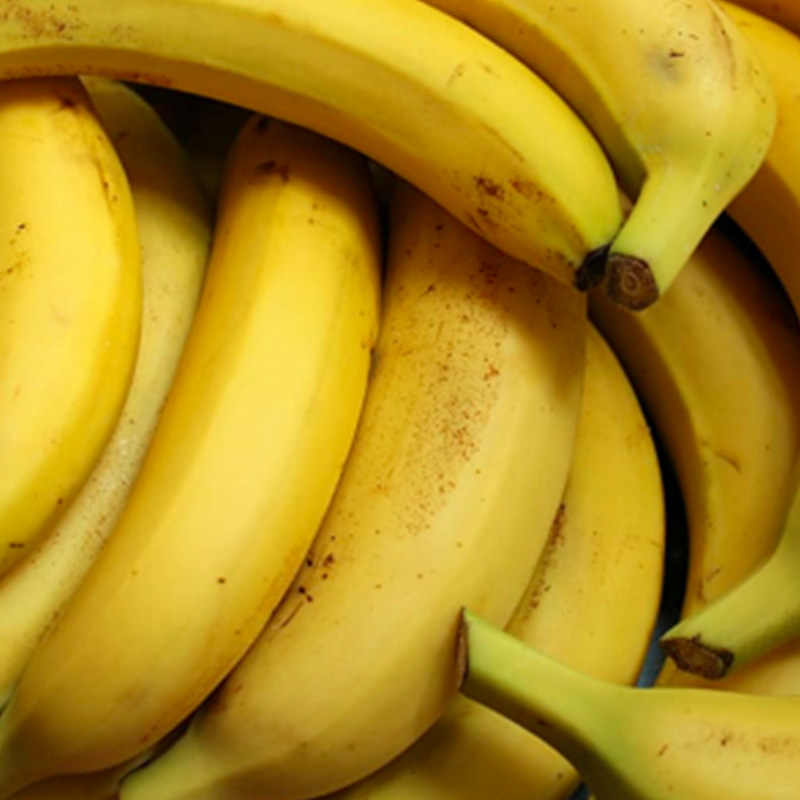
Every day, our brain depends on what we eat. First and foremost, the brain needs tremendous amounts of energy, that can only be derived from food. While the human brain constitutes only two percent of the body’s weight, it consumes twenty percent of our daily energy intake [1]. When we eat too little, our brain is one of the first organs to suffer and send us warning signals: we become irritable, have difficulty concentrating, and feel dizzy or light-headed. In this blog, I will explain how food in your stomach is transformed into electrical activity in your brain cells.
Glucose. Like most other cells in the body, brain cells (or neurons) fuel their activities with glucose. The human brain needs around 100–150 grams of glucose per day [2]. Glucose is a sugar, and sugars are carbohydrates (along with starch and certain fibers). So how does our body turn food into glucose? As an example, let’s eat an imaginary banana of exactly one hundred grams. In the stomach, the banana is mixed with stomach acids to separate its components. After water (75%), our banana consists mostly of carbohydrates, namely starch (11%) and sugars (12%). The starch is passed on to the intestines, where it will be metabolized slowly. The sugars are broken down by the stomach. About half of the sugars in bananas are glucose; the other half is fructose, which is passed on to the liver. Thus, our imaginary banana provides us with approximately six grams of glucose. This glucose is absorbed by the stomach and small intestines, and released into the bloodstream.
Fun Fact: The ripening of bananas involves converting starch to sugar. This is why yellow bananas are much sweeter and easier to digest compared to unripe green bananas.
The blood-brain barrier. When the glucose has entered the bloodstream, it rapidly spreads through the body. The heart pumps the blood past all our organs, including the brain, supplying them with vital energy. The brain, however, is not easy to reach. Because the brain is so important, it is protected by a thick fence called the blood-brain barrier. Blood on one side and cerebrospinal fluid on the other, the blood-brain barrier prevents almost all molecules from crossing. Only specific molecules that are essential for proper brain functioning are allowed through. Glucose is such an essential molecule. A dedicated transporter (called GLUT1), similar to a port to which only glucose molecules have a key, helps the glucose molecules pass. It has been estimated that – as the brain is so energy-hungry – blood-brain barrier cells transport ten times their own weight of glucose every minute [3].
Having reached the cerebrospinal fluid, glucose is now very close to its destination: the inside of a brain cell. In fact, glucose molecules and brain cells are floating around in the same fluid. The glucose is transported once more, this time by a GLUT3 transporter, from the cerebrospinal fluid into the brain cell. There, it awaits glycolysis: the glucose molecule is broken down and releases free energy to the brain cell [4]. With this energy, the brain cell is able to communicate with other cells, which, in essence, is at the basis of neuronal functioning.
